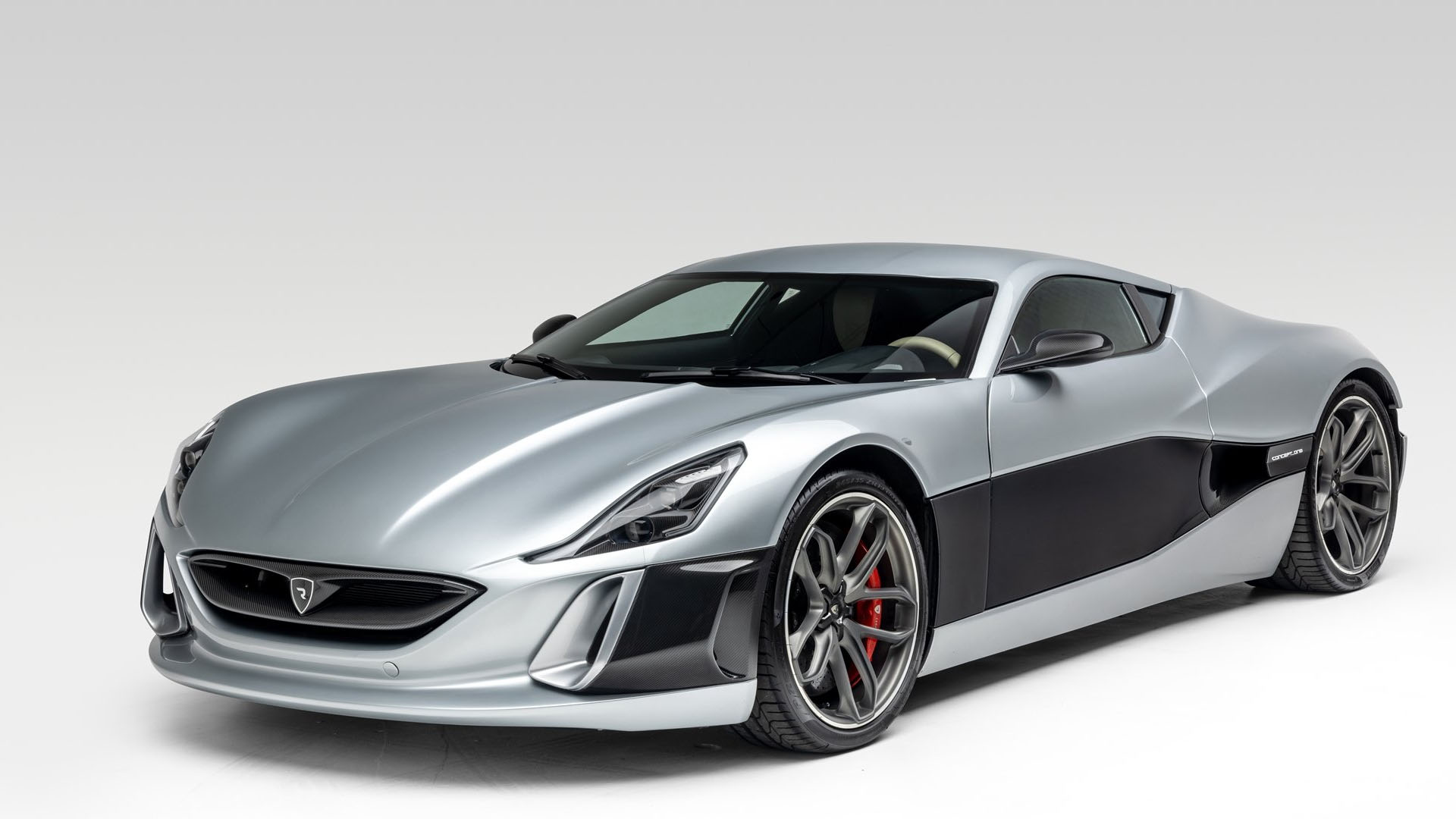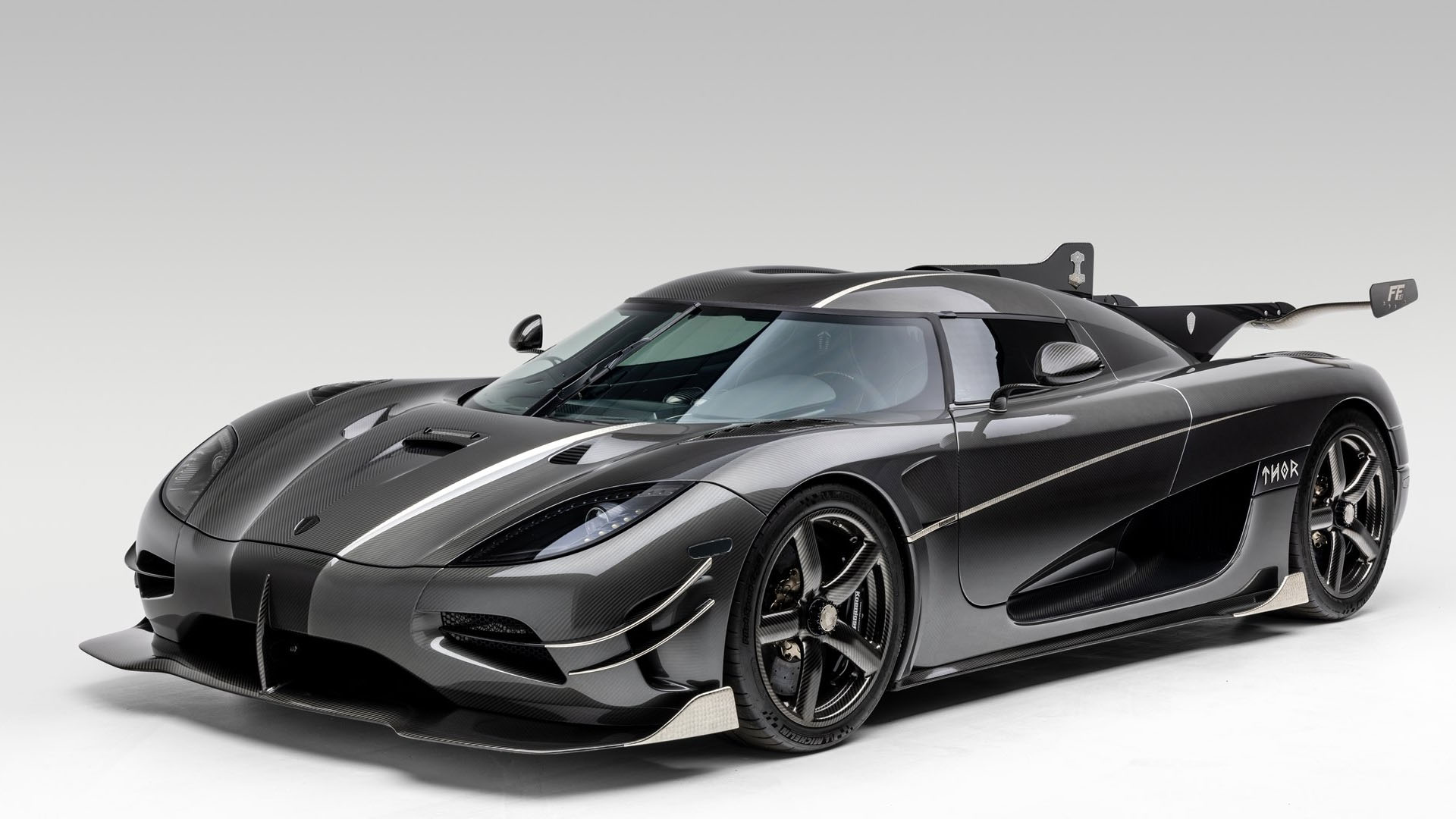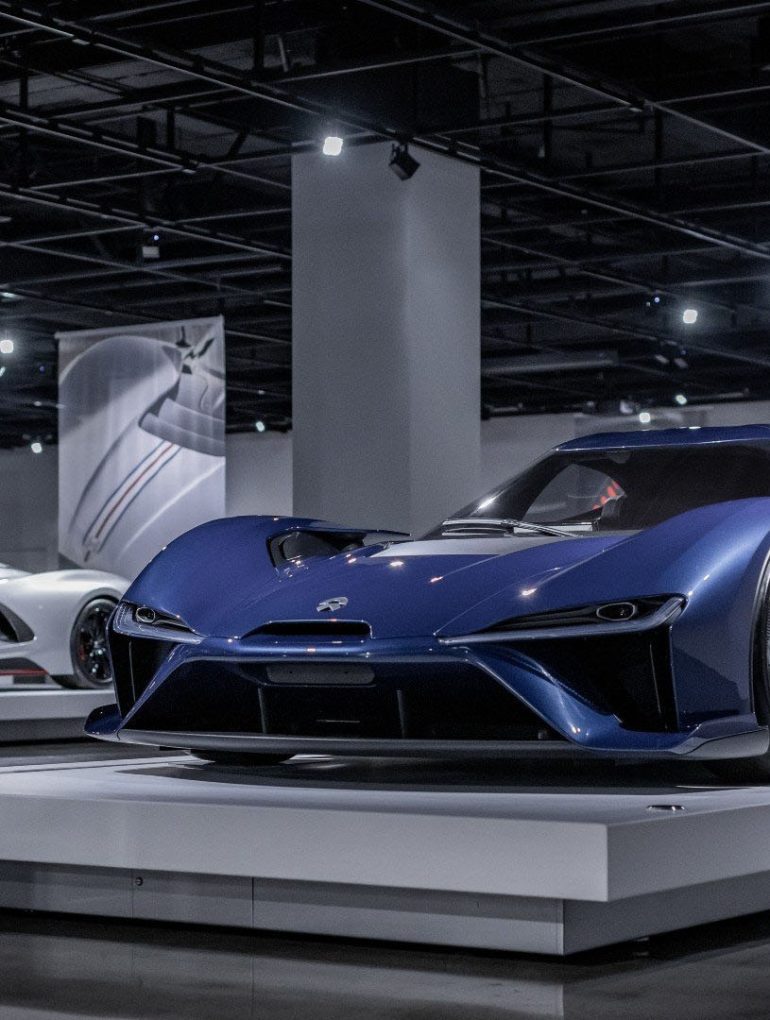Some sources mention the term ‘supercar’ dating as far back as the 1920s, but when you ask car enthusiasts which was the first supercar in history, chances are you’ll get the same answer again and again … the fabulous 1960s Lamborghini Miura is recognized as the first real supercar in automotive history, an exotic sight among all other cars of that era, be it a Ferrari or even the stunning AC Cobra 427, the Miura took the car world by surprise with her 4-Liter V12 engine mounted transversely behind the two passengers, a fast, low riding car … the world’s first supercar.

But just as history ran out of the term ‘super’ in yachting with the introduction of ever-larger yachts now known as megayachts, the designation ‘supercar’ just didn’t cut it for some of the cars that would come decades after the sensual looking Lamborghini Miura, it would be about 40 years before we saw a car that just went way beyond a supercar …

With the 2005 Bugatti Veyron, the term hypercar got introduced, finally, the automotive world stepped into the 1,000 hp roam, delivered from a W16 engine with four turbos, an eye-watering price tag well into 7 figures and a top speed beyond 250 mph, which looks even more impressive in km/h: 402, the first actual production (be it limited) road car that could go faster than 400 km/h … the world’s first hypercar.
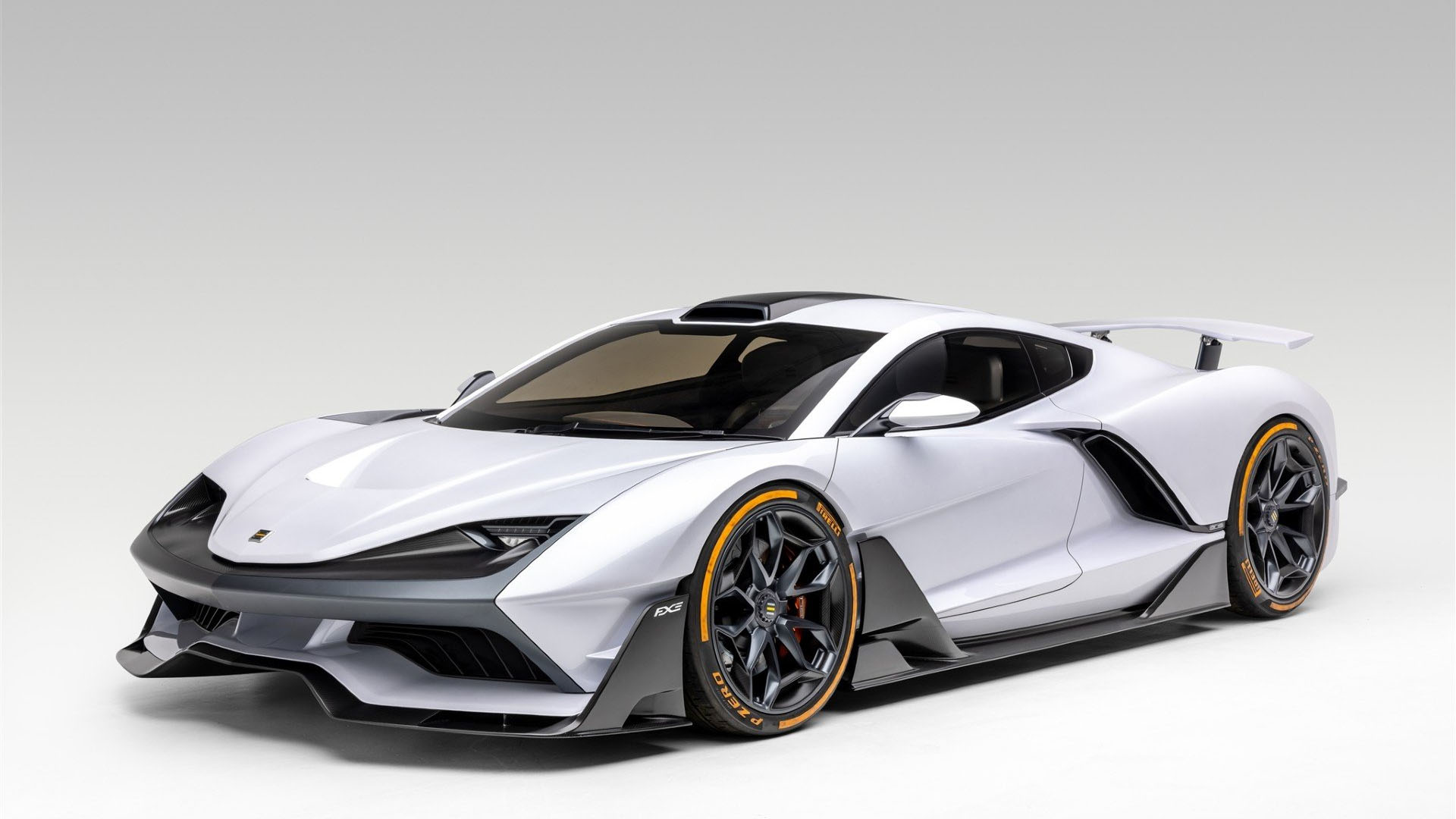
The definition of a hypercar isn’t written in stone, it has a more elusive aura about it, a hypercar is extremely rare, comes with an extreme price to acquire, for some makes you’ll have to be ‘selected’ to even be able to buy one, no matter how wealthy you are, usually a hypercar will also come with more than 1,000 hp, but then again, that isn’t a fixed pre-requisite, so as you can see, there isn’t a set of rules to adhere to for a specific car to be called a hypercar, it’s all about being rare, ultra-elite and at the very edge of her makers’ capabilities, or even with a hint of the future … a hypercar creates an emotion, it is automotive art, and similar to other art pieces, some love it, some hate, but it’s always different, almost demanding a response from the onlooker.
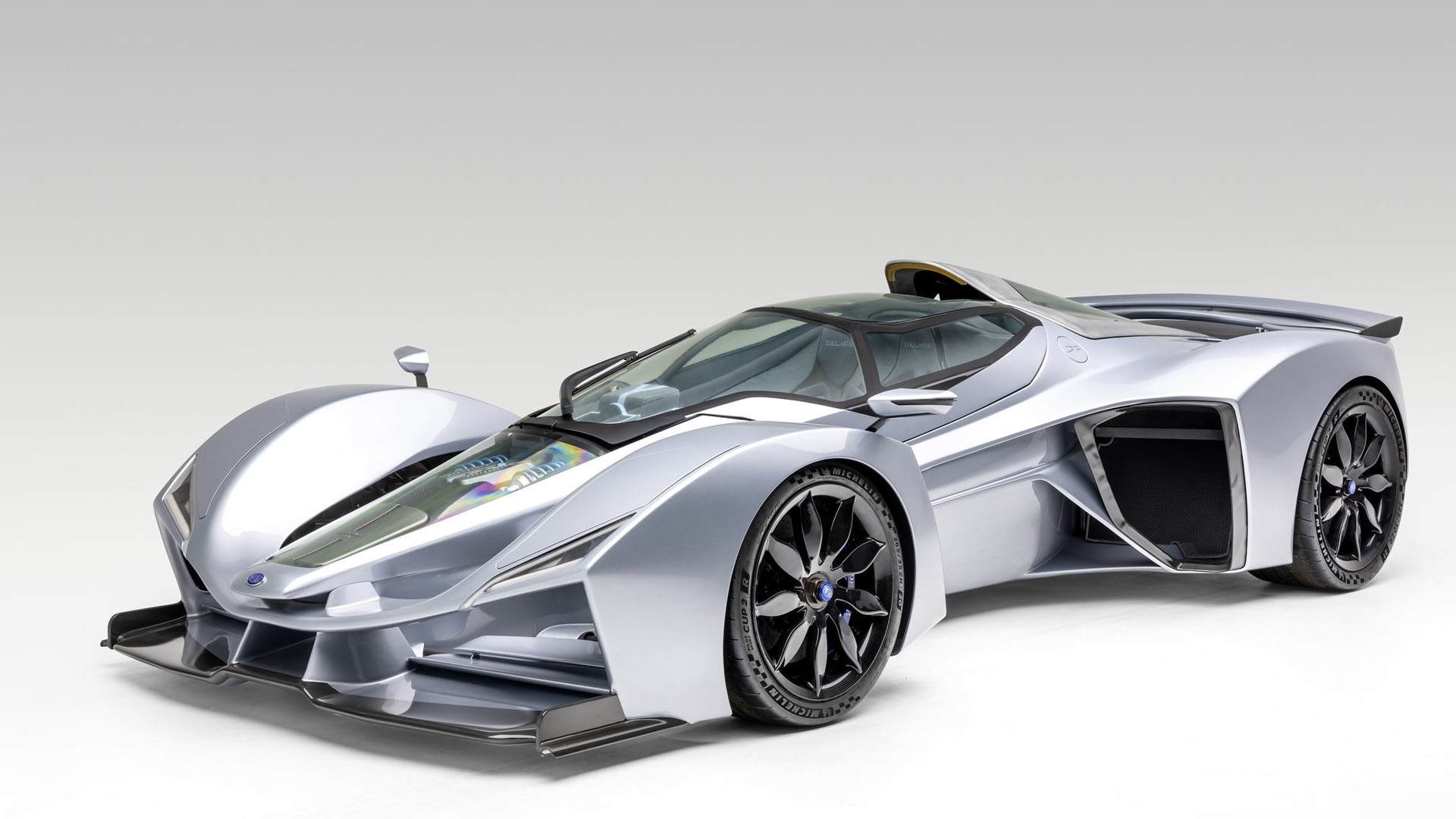
And that is exactly why the world-famous Petersen Automotive Museum has put together an exhibition of hypercars in their Bruce Meyer Family Gallery, aptly called ‘The allure of the extreme’ … and while we have some amazing photos throughout this article, a virtual visit in the form of a video is just that little more immersive, and what is even better than a video from the Petersen Automotive Museum themselves … a second video. So feel free to take a look at the two videos below, and after you’ve enjoyed both tours, make sure to check out the rest of the high-quality photos below.
The official Petersen Automotive Museum HYPERCARS Exhibition Full Tour:
A second video about the Hypercar exhibition at the Petersen Automotive Museum, this time from ProducerMichael:
More photos showcasing some of the ultra-rare hypercars on display at the Petersen Automotive Museum:



